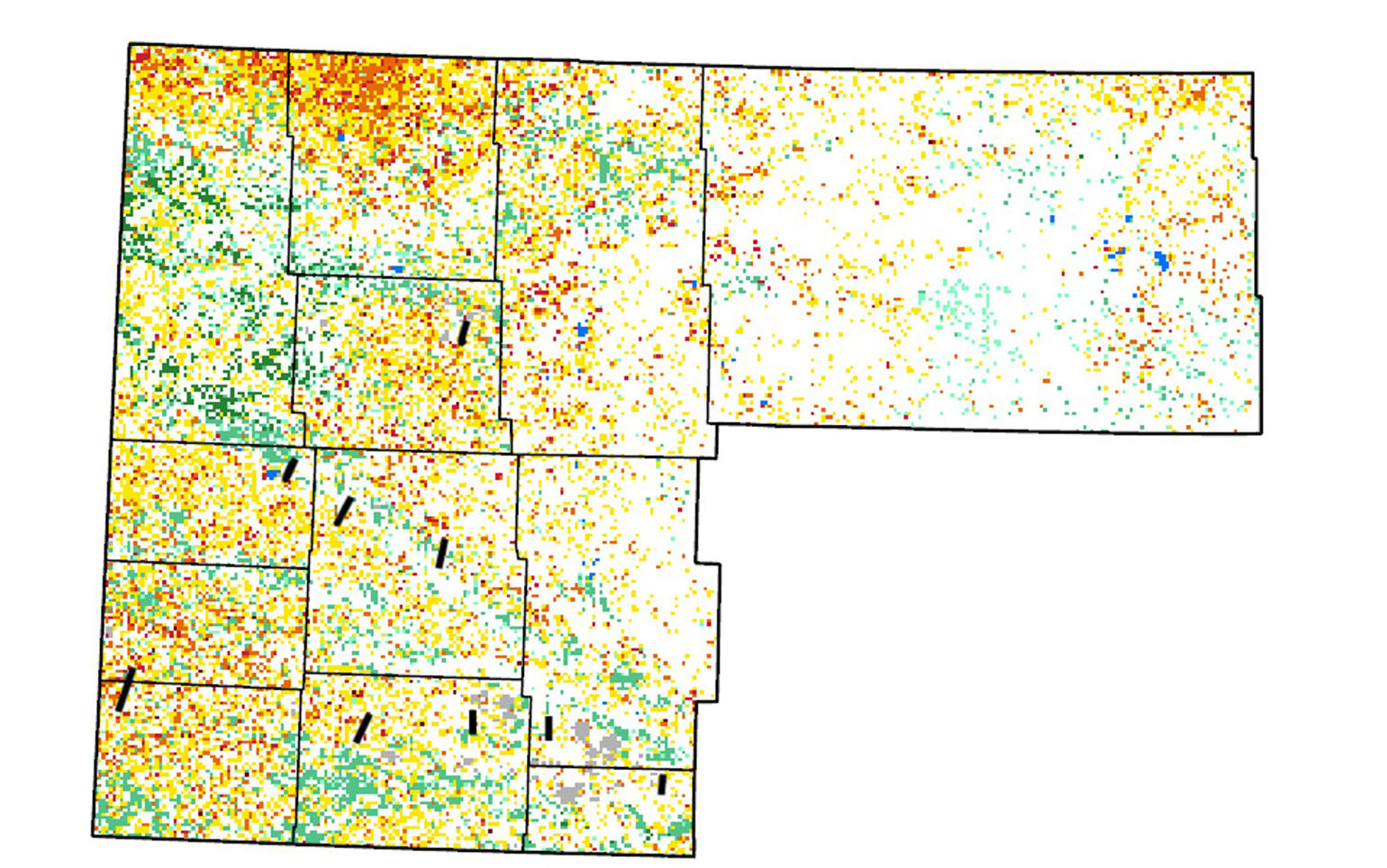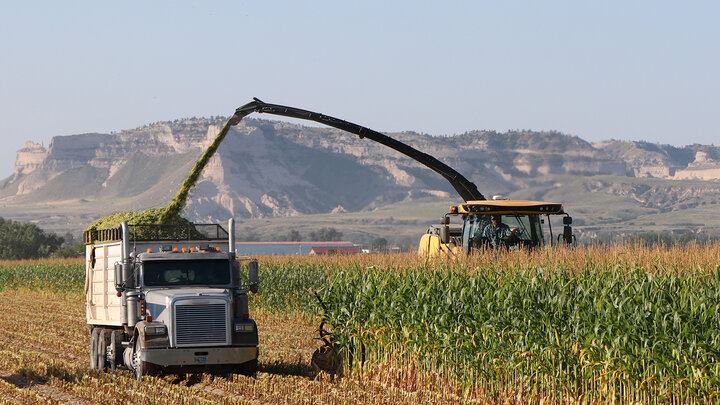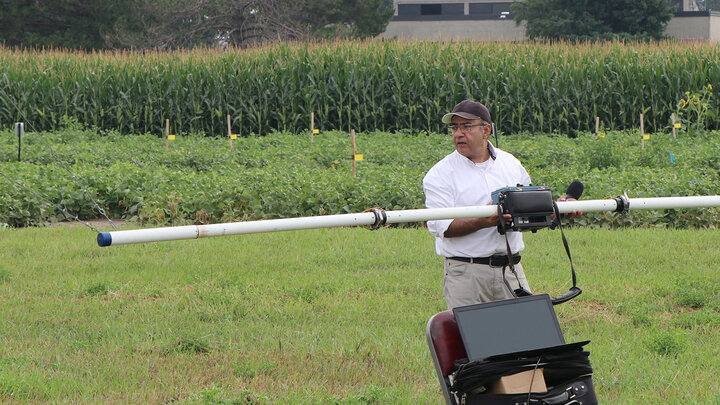Earlier this summer, many areas in the Panhandle experienced severe hailstorms in June and July before wheat harvest. It is highly likely that some of these hailstorms have created high-risk situations for the development of serious wheat streak mosaic disease (WSMD) infections in the wheat crop that will be planted soon. Figure 2 shows approximate locations where hail was reported. It is likely that this is an underestimate of where hail actually fell, and it is possible some of those hail swaths are continuous. Wheat growers in areas where hailstorms occurred during the critical pre-harvest window (three weeks prior to harvest) are encouraged to scout for volunteer wheat. If volunteer wheat resulting from these preharvest hailstorms is present, it is imperative that farmers control that volunteer wheat before emergence of the new wheat crop to reduce the risk of severe WSMD outbreak in the next wheat crop.

Figure 2. A map of the Panhandle region marked with areas of hail occurrences (black bars) according to hail reports submitted to the Storm Prediction Center’s storm report database between June 25 and July 12. (Source: Eric Hunt)
A recent UNL study2 reinforced the significant impact of well-timed hailstorms that occurred within the three weeks before harvest on the following wheat crop in the region. The key player here is the pre-harvest volunteer wheat induced by the hailstorms, which can serve as a “green bridge” for the WSMD viruses and their vector, wheat curl mites, to survive between harvest and planting. Significant losses of the next wheat crop will occur if volunteer wheat infested with mites and infected with the viruses is not well controlled, because mites carrying WSMD viruses can easily spread to the new wheat crop from this preharvest volunteer wheat (Figure 3).

Figure 3. Volunteer wheat, like that illustrated in the inset image, due to a widespread hail event that occurred prior to harvest in 2016, resulted in widespread yield loss to mite-transmitted viruses in Deuel and Garden counties in 2017. (Photos by Gary Hein)
There are more advantages of controlling volunteer wheat in addition to WSMD management, such as reducing soil water loss and risks of other diseases or insect infestation.




